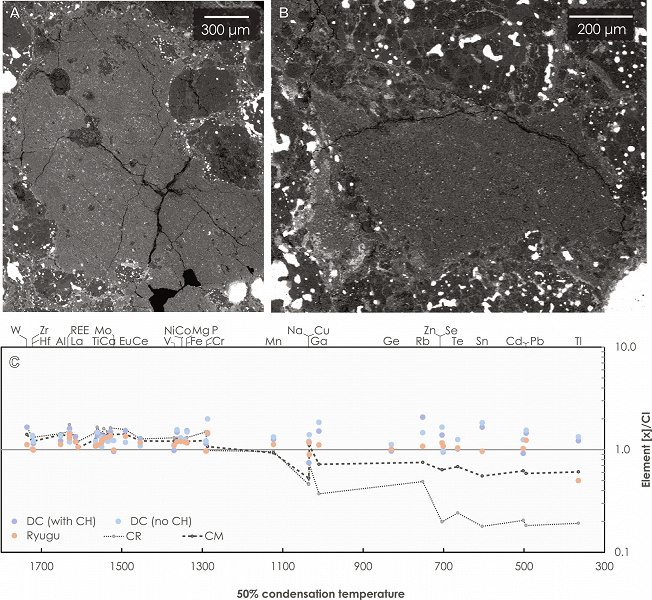Analysis of the isotopic composition of clusters in a meteorite sheds light on the origin of planets and small bodies
A multi-institutional team of planetary scientists conducted a study of a meteorite called Northwest Africa 14250 to learn more about the early composition of the solar system. Their work was published in the prestigious journal Science Advances.
During the study, the scientists used a scanning tunneling microscope to study in detail the isotopic composition of the accumulations of materials inside this meteorite sample. Previous studies have shown that the solar system arose from a rotating cloud of interstellar dust and gas. The rotation of this protoplanetary disk eventually led to the formation of the Sun at the center and planets, asteroids, comets and other bodies in the outer regions.
Scientists believe that some of the primordial materials that formed the solar system have remained virtually unchanged since then and still orbit the sun as the Oort cloud of icy and rocky fragments beyond Neptune. When these fragments fall to Earth, they usually burn up in the atmosphere, leaving no way to study their composition in detail.
However, in recent years, scientists have discovered that cometary particles can sometimes collide with meteorites and «stick» to them. Such «hybrid» meteorites that reach the Earth's surface provide a unique opportunity to study the primary material of the Solar System.
In this work, the research team focused on such inclusions in the Northwest Africa 14250 meteorite, which are not part of its main material, but are possibly fragments of other meteorites or comets. Analyzing the isotopic composition of these clusters using a scanning tunneling microscope, the scientists found that they are similar to fragments found in other meteorites originating from regions beyond the orbit of Neptune, as well as samples collected from the asteroid Ryugu.
These results, according to the research team, indicate that the primary material from which the planets and small bodies of the Solar System formed was fairly uniform and distributed throughout the Solar System. This, in turn, indicates that the protoplanetary disk from which the Solar System formed was also relatively homogeneous in the early stages of its formation.

